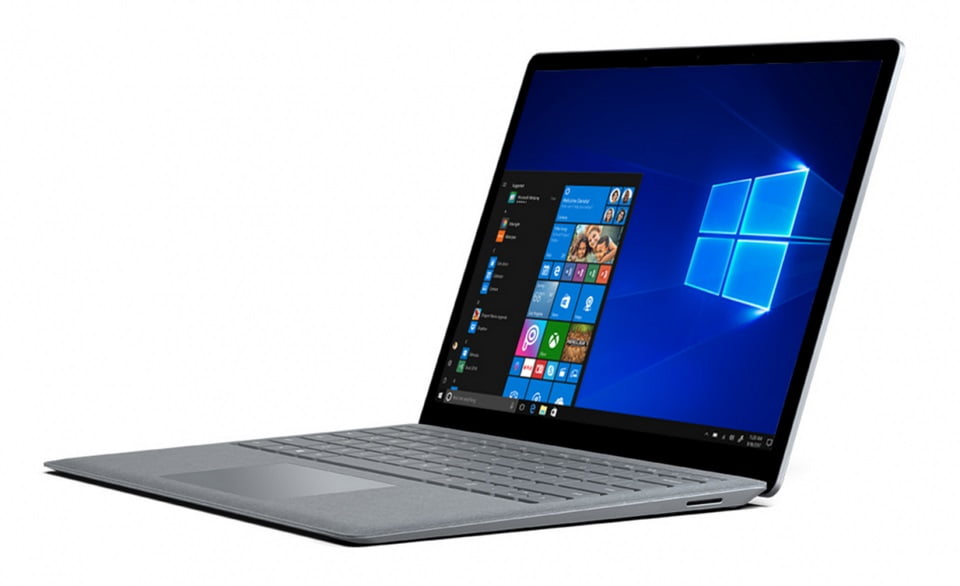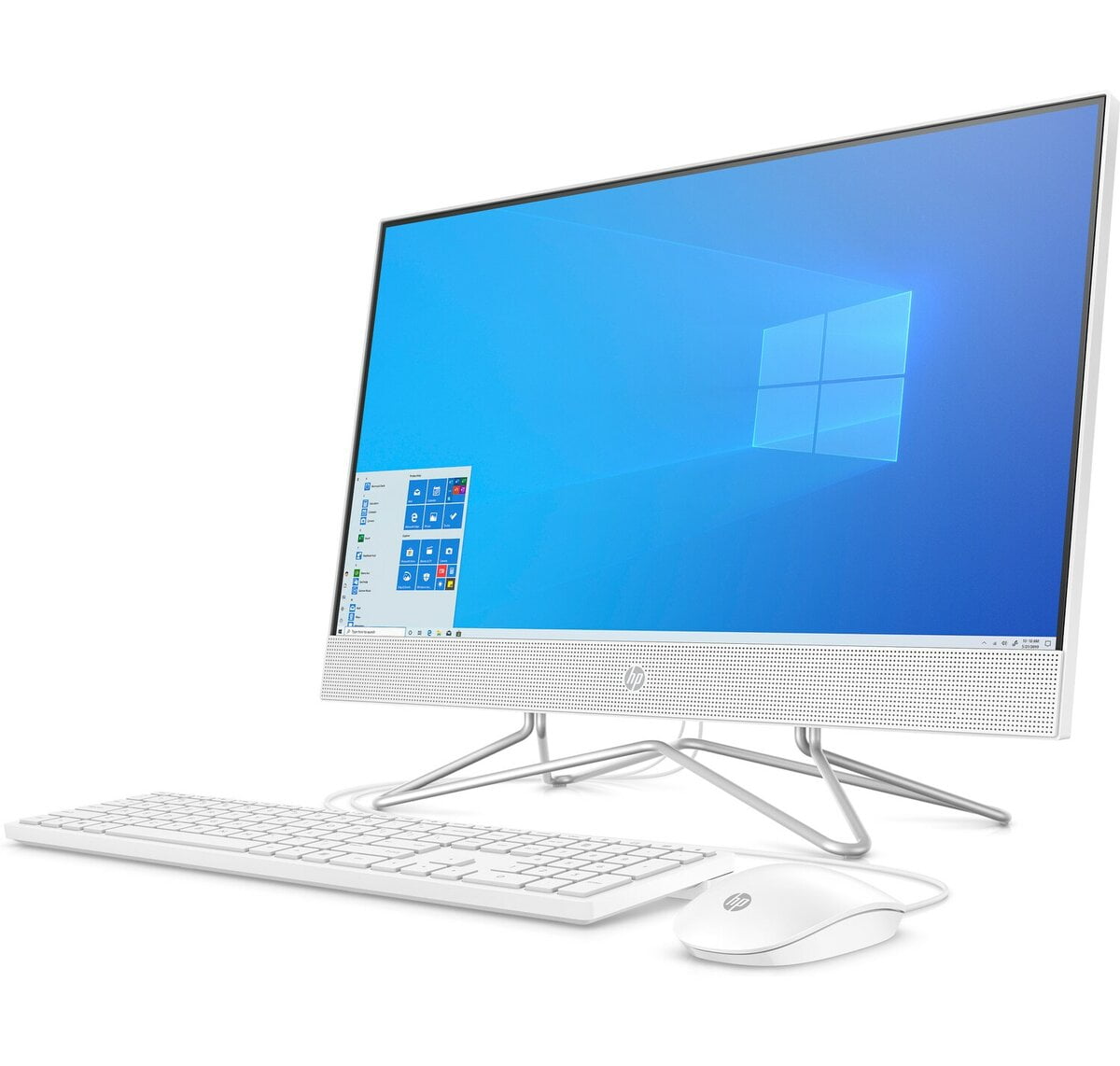If you don’t know how to create a USB recovery drive for Windows 10, we are going to help you out. The USB recovery drive for Windows 10 that Microsoft includes as an internal maintenance tool is an ideal way to restore computers in the event of any system failure.
Microsoft has improved the stability of Windows 10 after a change of strategy in system updates. Both in its development by reducing the annual major releases from two to one, and in its more gradual delivery that allows more testing time. However, it has not managed to prevent random errors that cause malfunctions.
How to create a USB recovery drive for Windows 10?
Having a recovery drive is really useful for some cases. Microsoft has a support page where it shows the recovery options for Windows 10 in case of problems and a section for reviewing and solving them. They offer options like removing an installed update, returning to a previous version, or reinstalling completely.
Here we talk about Windows File Recovery, a system recovery media created and bootable from a USB flash media, through the Recovery Media Creator tool. It can be created either on Windows 8, 8.1, or Windows 10 using any USB flash drive or external USB disk with at least 16GB capacity.

Then, follow the steps:
- Go to Start menu > Windows Administrative Tools and click on Recovery Drive.
- There you will be able to create the drive for restore and troubleshooting, while if you also check the option to backup system files you will have the option to reinstall Windows.
- Select the USB drive to use.
- The application will prompt you to erase all data on the USB drive.
- The tool will format and copy the necessary utilities. It will take some time, especially if you are using media with a lower interface than USB 3.0.
What they are used for?
The resulting media will work on the PC where you created it and on others as long as it has a recent version of Windows 10 and uses the same architecture, 32-bit or 64-bit.
Its use is similar to that of a self-booting rescue media (either system or virus). To do this reboot the computer with the USB media inserted in some port and (if not already done) enter the BIOS/UEFI to set the flash drive as the first boot drive. This way it will boot first before the computer’s internal hard drive or SSD as most problems can only be solved this way, from external media.
From there you will be able to:
Windows Reset. This function deletes all files and personal settings. It is a drastic method to start again in case of serious problems, or for cases where you are going to give the computer to a third party and you want to eliminate all your personal data.
Restore to a previous point. This USB recovery drive for Windows 10 allows access to restore points, the system protection tool that takes snapshots of the group of essential files and the Windows registry, allowing the user to revert unwanted changes made to the main system files and settings (drivers, registry keys or installed applications).
Revert to a previous version of Windows. The unit also allows you to uninstall the latest quality or feature updates that have been installed and are a frequent cause of problems. This is done from the Advanced Options > Uninstall Updates screen.
Replace Windows and data using an image. Windows 10 can create an image of the entire partition where it is installed along with all applications and personal files stored there. The system image is a complete copy of the system partition and, in the backup file, there is no differentiation between the system and personal data. When you use the recovery drive to recover Windows 10 with a system image, all personal and system data is replaced with what was available at the time of the backup. You can access this tool from Advanced Options > System Image Recovery.

Startup Repair. If you have problems with the system startup itself, you can try before making other changes with the feature available under Advanced Options > Startup Repair. The function presents the repair options identified for your system.
Startup Command Prompt. The Windows console is another preferred method of troubleshooting, although you must have knowledge of the commands to use. Some suitable ones for boot problems are Chkdsk, which checks the status of a hard disk/partition/volume and displays a status report to correct disk errors or bad sectors; Sfc which examines the integrity of all protected system files and replaces incorrect versions with the correct Microsoft versions.
UEFI access. There are times when the system needs to make certain firmware changes to make it usable again. From Advanced Options > Firmware Settings UEFI allows direct access.
This USB recovery drive is a really useful tool for Windows 10 (Windows 8 or 8.1) as a self-booting rescue media for any Windows problem.





